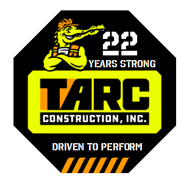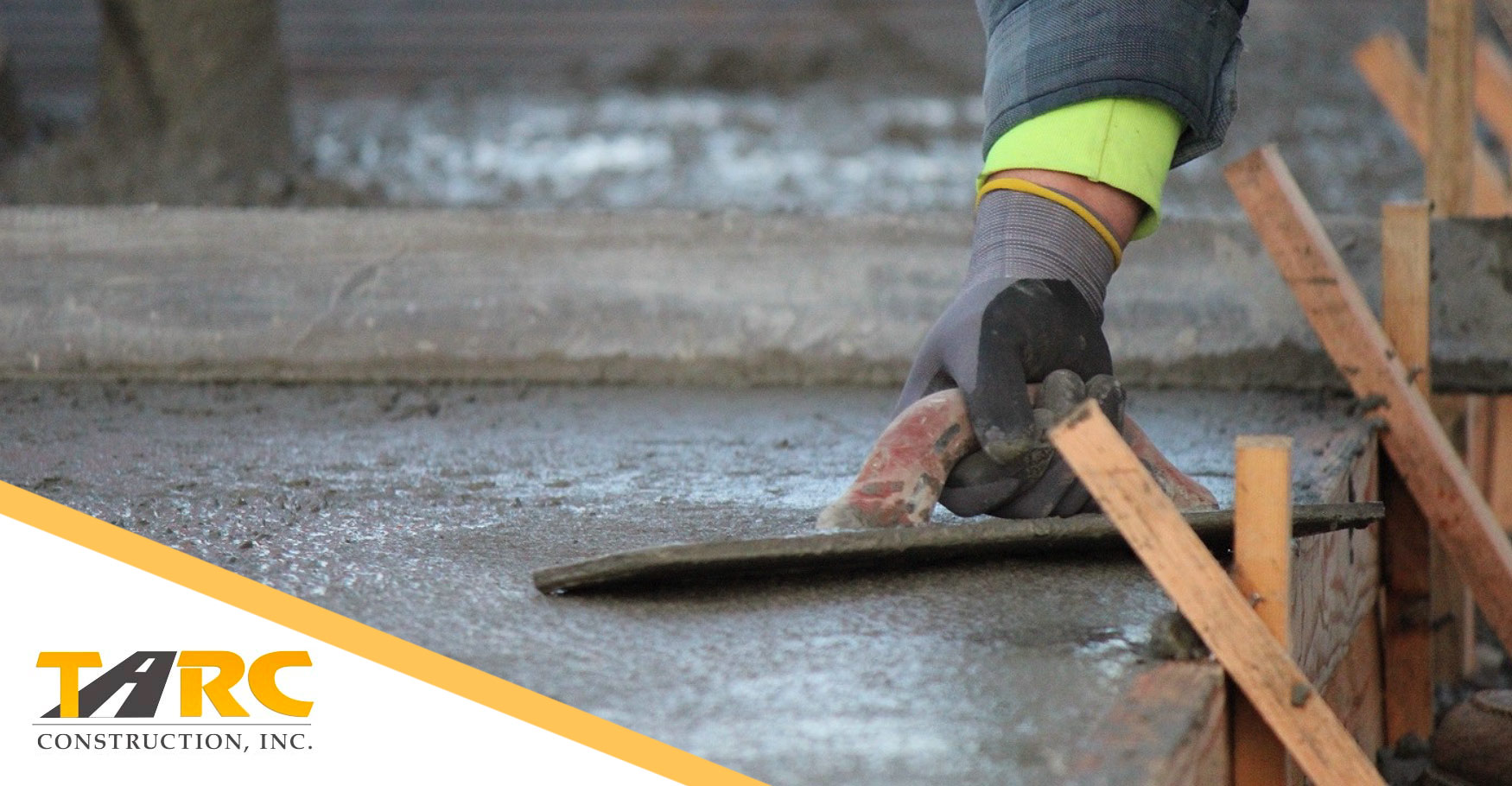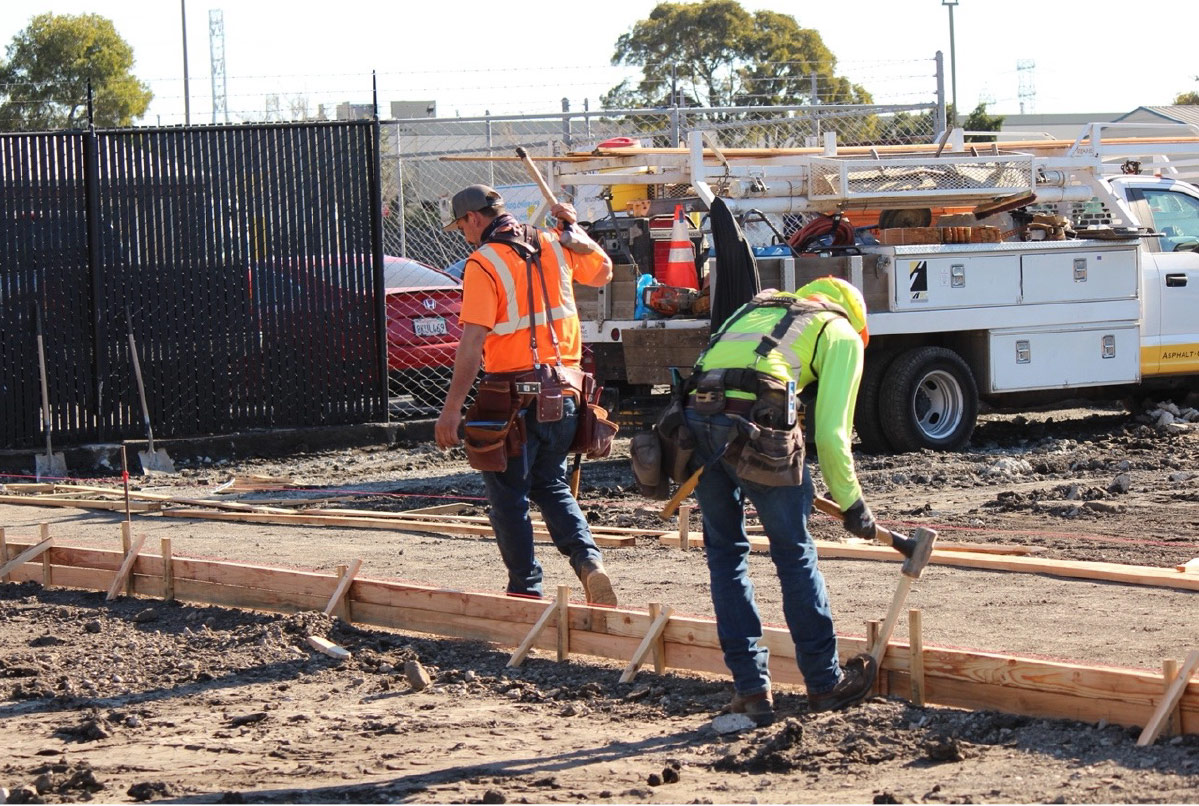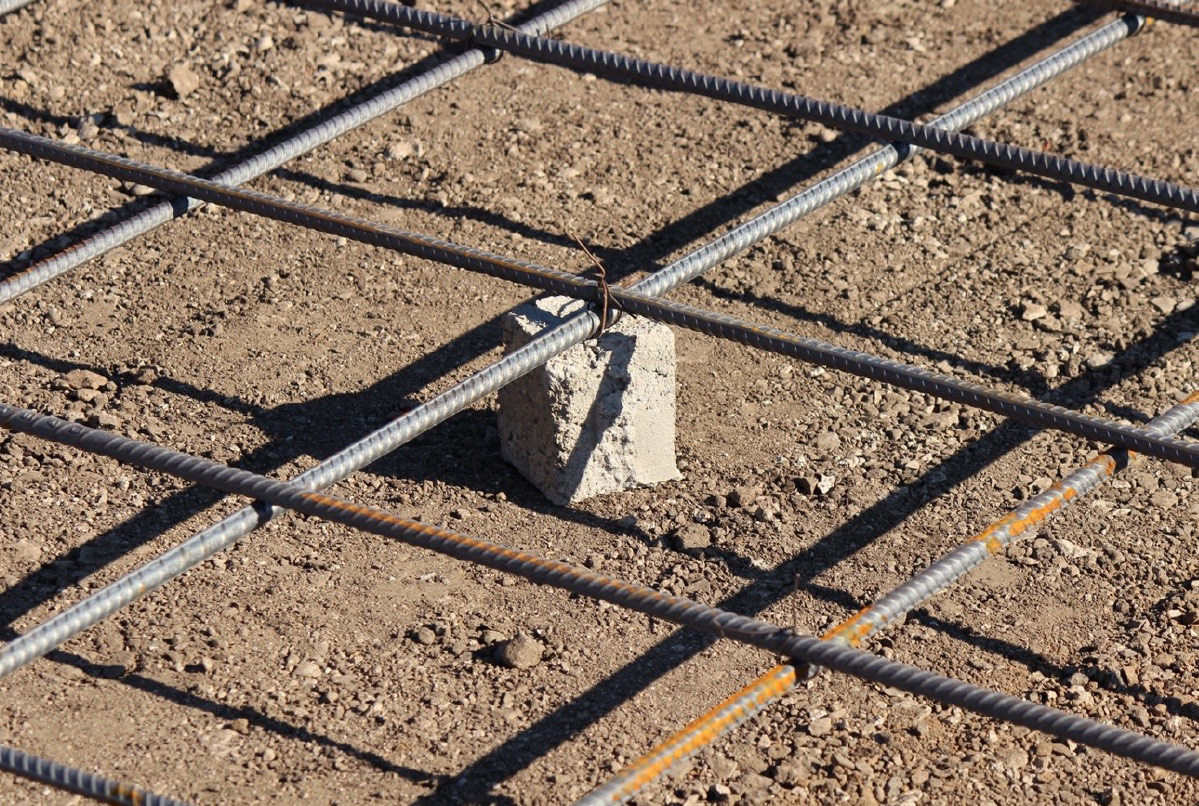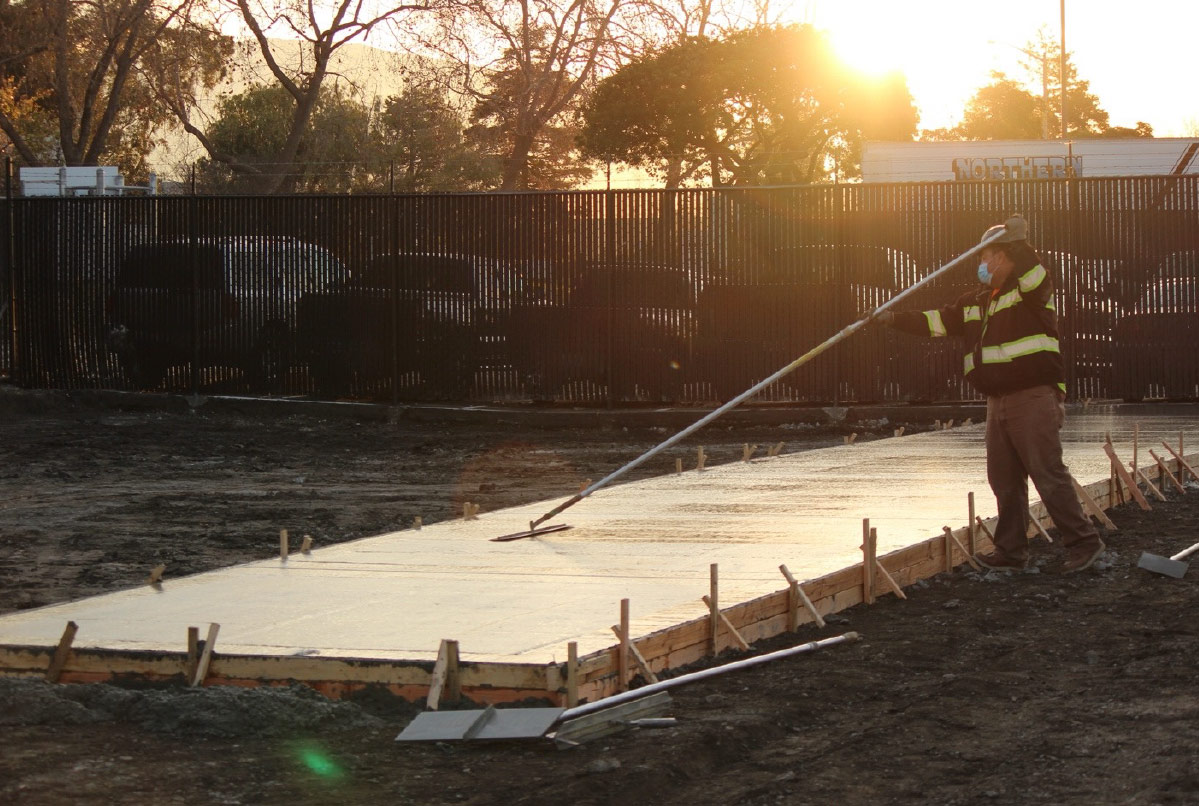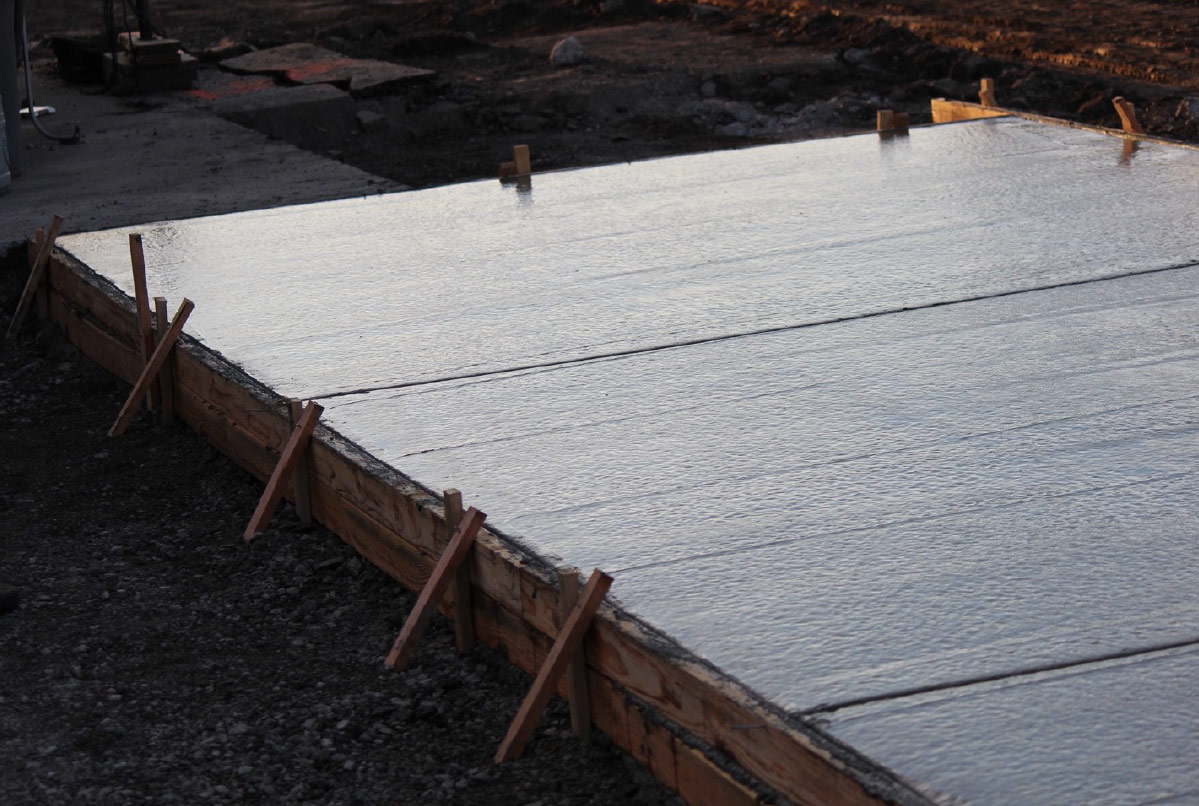Concrete Countdown!
5 – Permits!
4 – Research!
Make sure you do your research before hiring a contractor. Check their website, look at their online profile, ask them for a copy of their Workman’s Comp Policy and General Liability Insurance. Make sure that their Contractor’s license is up to date and current and that there are no violations. Check references and ask to see work that they have completed. If a contractor does not have insurance this could potentially make you liable for any property damages or safety accidents incurred during the project. Protect yourself by doing your homework!
3 – Call USA [Underground Service Alert]
Make sure that the contractor has called USA (Underground Service Alert). Any project – no matter the depth of demo and excavation – required by law to locate underground utilities prior to commencement of any work. Even if you are only removing and replacing existing concrete you still need to call USA. This service is free and can prevent any unnecessary utility strikes.
2. – Compact the Subgrade
Make sure the contractor compacts the subgrade prior to placing the concrete. Preparation is key to any successful, long-lasting concrete project. When proper grading and compaction is not achieved this can cause and inconsistent slab thickness and lead to settlement in the subgrade which is often a reason for stress cracks and improper drainage.
1. – Concrete Curing
Allow concrete time to cure. Concrete will reach 80% of its strength in 7 days and takes an additional 21 days to reach 100%. If the concrete must withstand traffic or heavy loads, such as a parking lots or driveways, be sure to keep vehicles off it for a minimum of 7 days to allow it to reach the required strength. This may cause some disruption, but this inconvenience will help to extend the life of the concrete and minimize cracking.
